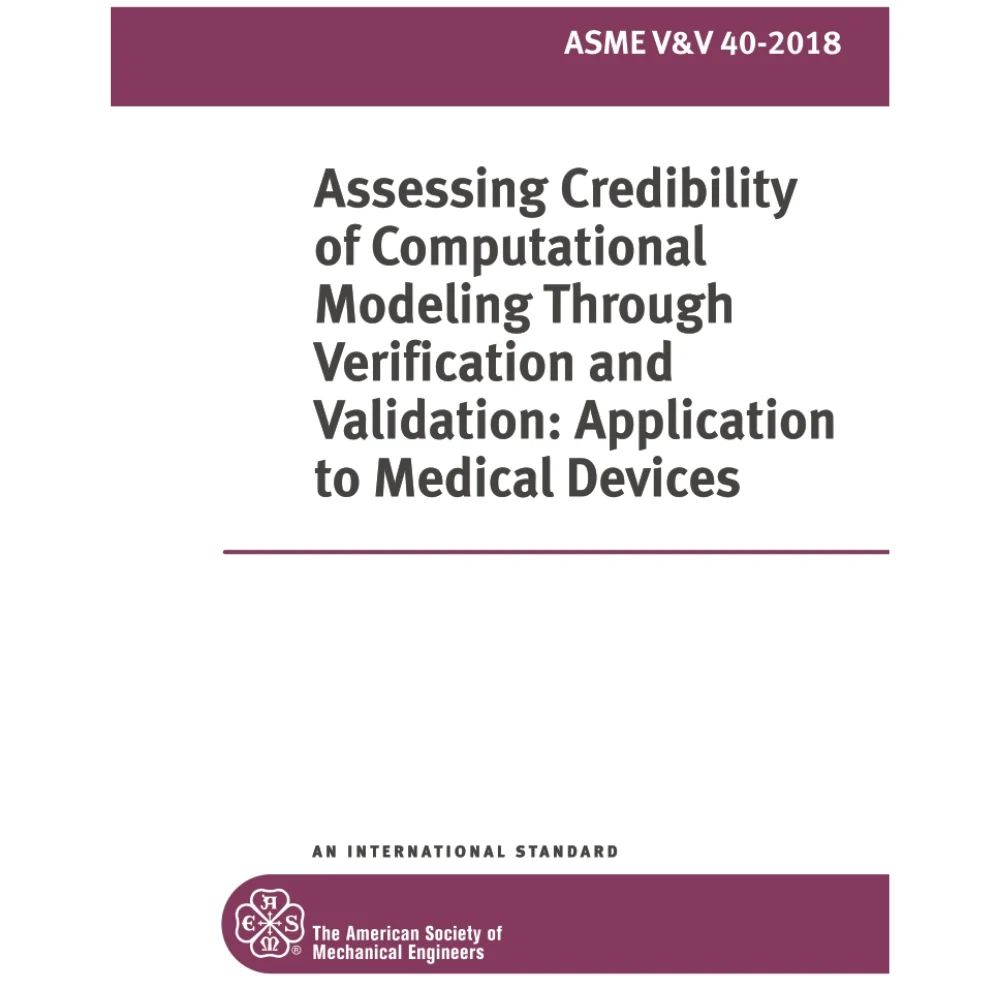Historically, regulatory bodies participating in the evaluation of orthopaedic implants (e.g. US FDA, TÜV, BSI) have been reluctant to accept the results of Computational Model and Simulation (CM&S) studies such Finite Element Analysis (FEA) in supporting product submissions. The primary concern has been regarding the accuracy, validity, and assessing the credibility of the results.
In the first attempt to standardize the use of FEA in orthopaedics, ASTM published ASTM F2996-13 in 2013, which provides guidance using FEA to determine the worst-case sized hip stem to test in a product family based on maximum principal stress. Then, physical testing would be performed on that stem. Therefore, the results used in ASTM F2996-13 are assumed to provide rank‑order data, not necessarily accurate stress data.
In 2014, US FDA published their first draft guidance regarding the verification and validation requirements for CM&S studies. The final version was issued in 2016; however, the guidance was very rudimentary with sparse details.
In 2018, the American Society for Mechanical Engineers published ASME V&V 40, which is very comprehensive and provides a method for determining the appropriate level of Verification and Validation (V&V) activities based on the context and scope for which the CM&S data will be used. The development of ASME V&V 40 included the participation of the largest orthopaedics companies in the world, smaller orthopaedics companies, FEA software companies, universities, independent laboratories, national laboratories, military personnel, federal government personnel, and US FDA. ASME V&V 40 is the current state-of-the-art for assessing the credibility of CM&S.
This Standard Operating Procedure (SOP) describes the process for performing a risk-informed credibility assessment when performing CM&S in accordance with ASME V&V 40.
It is not possible to fully encompass, in enough detail, each situation that will need a decision during a CM&S study, and this document will continue to grow and evolve. ASME V&V 40 provides many examples for the decision-making process to be in compliance.



